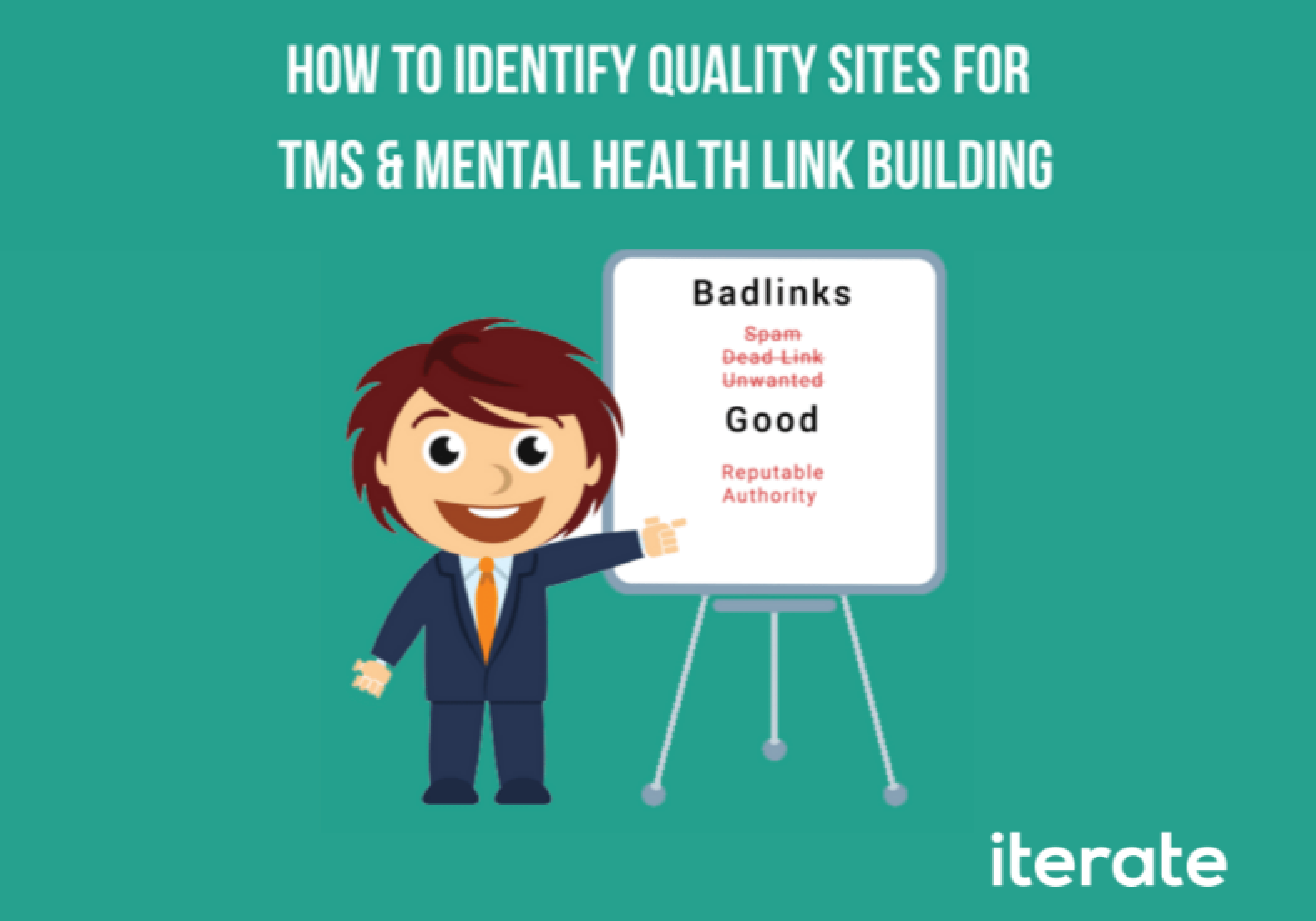We all need a little more insight. We monitor our Google alerts, scan the social stream, lurk on forums, click through social profiles, but sometimes it feels like we’re just skimming the surface. Sometimes we think we know everything about our customers, our target audience, and our competition, but we really don’t. Our insight goes a mile wide and an inch deep.
More Insight = More Effective Marketing
Deep insights lead to:
- Marketing personas that instill confidence
- Solid content ideas targeting specific segments of your market
- More effective and efficient promotion
The question is, where do you go looking for deeper customer and industry insights?
Be Like Malcolm Gladwell
Tim Ferriss: “What tools were you using to query and find this 60 page transcript of the would-be school shooter?”
Malcolm Gladwell: “I honestly don’t remember, I was screwing around on the internet…”
(from: The Tim Ferriss Show: Dissecting the Success of Malcolm Gladwell)
Quick Secondary Market Research
If you’re need more formal data but don’t have the time or budget to hire a market research agency or run statistically significant surveys, some quick secondary market research will do. This is research that other organizations have published, so it won’t be of the same quality as research done specifically with your existing clients or target market in mind, but it’s a lot easier to get your hands on. It can give you great insight if used correctly.
It’s true, secondary market research can be a crapshoot. But someone else has put the time into running the studies and compiling the data – and there are ways to take advantage of it. The easiest way to source market research on the fly is to go to Google and search:
- “Marketing Research [core keyword]”
- “Marketing Research [your industry]”
- “Marketing Research [your customer’s job title]”
Depending on the size of your industry, you should find some good data. There are generally two categories of data you’ll come across when doing basic secondary market research – federal government data and research done by industry-specific commercial organizations.
Government Data: As you may guess, the government moves slowly. The data you find here won’t be the latest. It will likely be more than a year old , and the best stuff could be five or 10 years old. That might be okay, if you’re using the data directionally. Since it’s public, there’s a lot of it, and it’s surprisingly accessible.
Commercial Research Studies: This data is often available by paying for one-off access, or by subscription. You’ll pay anywhere from $12 to thousands per report. This is the best data you’ll find and you’ll pay if you want all of it. Read the Abstracts of the studies first. You may find more than a dozen different studies with detailed abstracts that give away a lot of actionable data. Maybe that’s all you need. At the end of the day, you may pay more for a commercial study than you would conducting your own.
This research will give you data on the facts and trends in your industry, but if you’re looking for more specific customer data, you’ll have to dig even further.
Sources for Deep Secondary Research
The following resources will put both industry data and customer data at your fingertips. Here are my favorite websites for going “Malcolm Gladwell” on publicly available data:
Industry Insight:
Market Research World: http://www.marketresearchworld.net/
Forrester Advanced Search: http://www.forrester.com/reg/advancedsearch.xhtml
Bureau of Labor Statistics by Industry: http://www.bls.gov/bls/industry.htm
SBA Small Business Data & Statistics: https://www.sba.gov/starting-business/how-start-business/business-data-statistics
U.S. Census Bureau Advanced Search (For Topic/Industry): http://factfinder.census.gov/faces/nav/jsf/pages/searchresults.xhtml
Google Public Data: http://www.google.com/publicdata/directory
U.S. Government Public Datasets: https://www.data.gov/
Science Direct: http://www.sciencedirect.com/
Google Scholar: https://scholar.google.com/
Social & Consumer Data:
Pew Social Trend Topic Search: http://www.pewsocialtrends.org/topics/
Bureau of Labor Statistics Consumer Expenditure: http://www.bls.gov/cex/
Bureau of Labor Statistics Demographic Data: http://www.bls.gov/bls/demographics.htm
U.S. Census Bureau Guided People Search: http://factfinder2.census.gov/faces/nav/jsf/pages/guided_search.xhtml
USA Government Census + Surveys: https://www.usa.gov/statistics
YouGov Profiles Lite: https://today.yougov.com/opi/profileslite/#/
Job Data:
Bureau of Labor Statistics Occupation: http://www.bls.gov/bls/occupation.htm
Indeed Job Trends: http://www.indeed.com/jobtrends
Glassdoor Research Studies: https://www.glassdoor.com/research/studies/
O-Net Online Job Occupation Search: http://www.onetonline.org/
Reference For Business – Encyclopedia of American Industry: http://www.referenceforbusiness.com/industries/
Market Research Reports (Read the abstracts):
NDP Market Research: https://www.npd.com/wps/portal/npd/us/industry-expertise/
First Research: http://www.firstresearch.com/
Report Buyer: http://www.reportbuyer.com/
Frost: http://www.frost.com/
Global Industry Analysis: http://www.strategyr.com/
Packaged Facts – Consumer Goods Data: http://home.packagedfacts.com/
To gain a deep understanding of your market, you may ultimately need to do some primary research. But, by doing secondary research first, you can reduce the cost and time that it would take to do deep research into your customers and target market, and there is far less risk of ‘reinventing the wheel,’ duplicating research that has already been done.
At the minimum, “researching the research” gives you a fuller picture of your market and your research needs. I hope you find much more!






